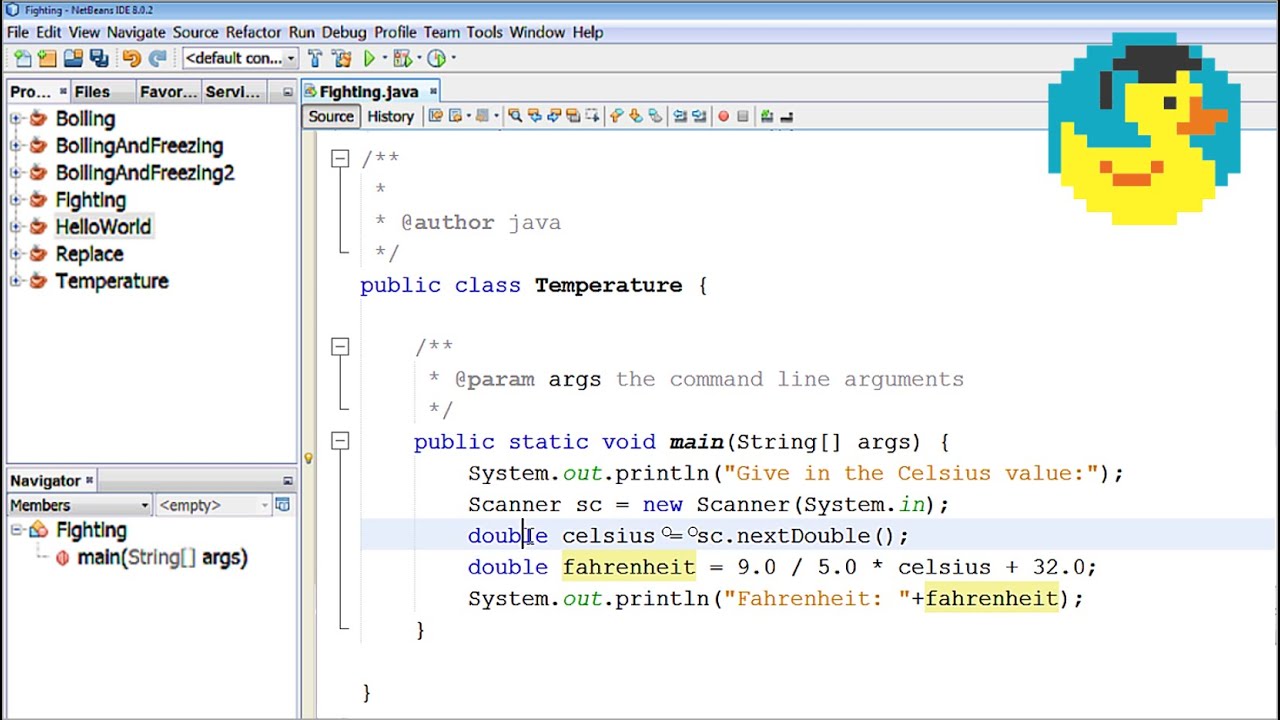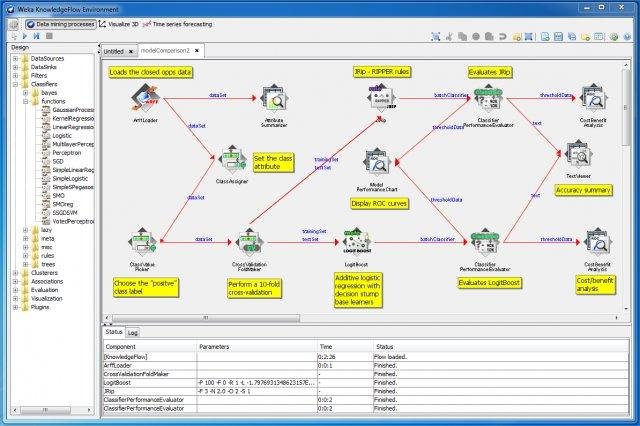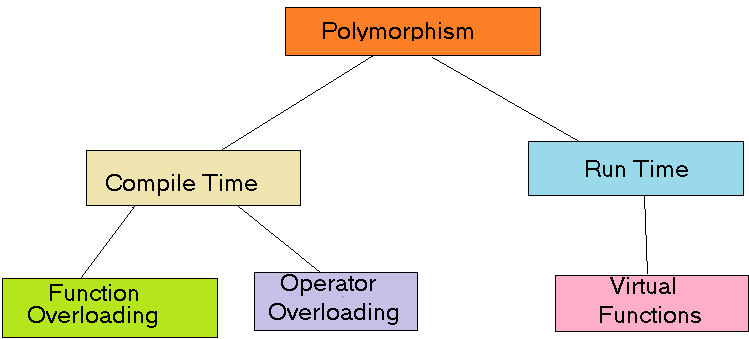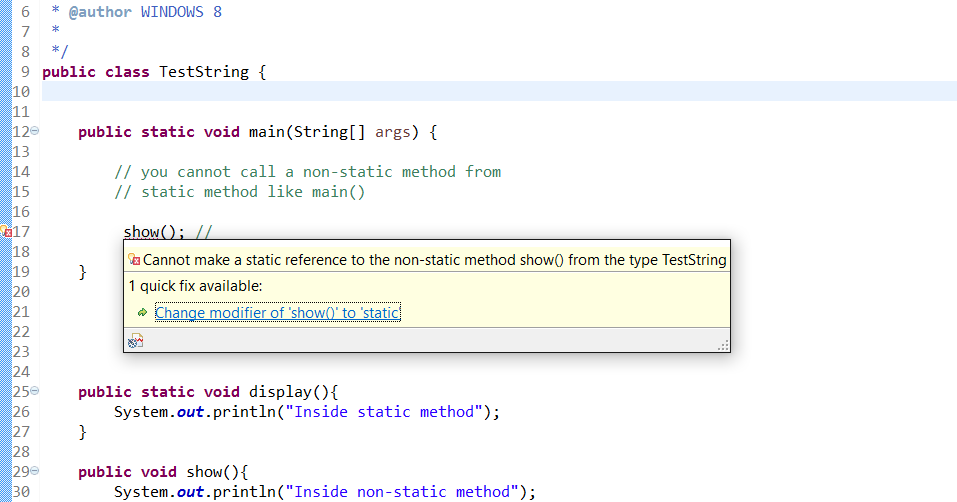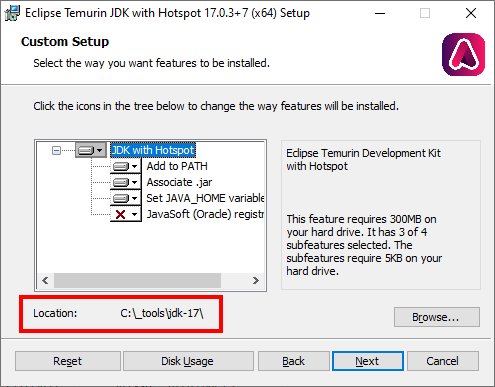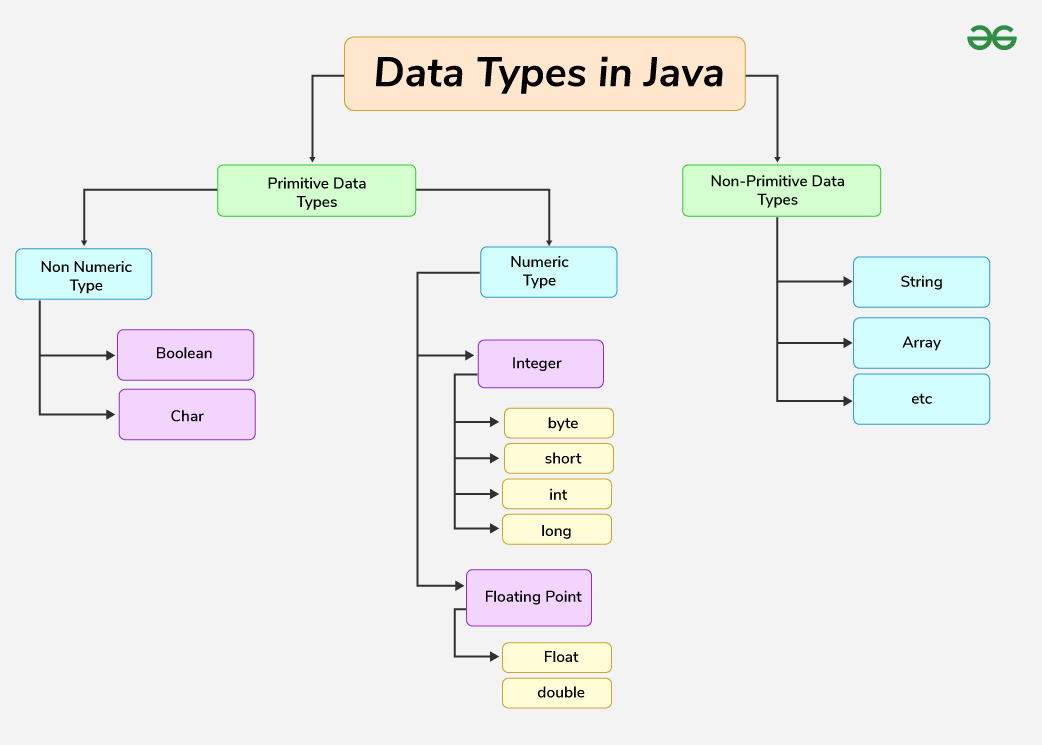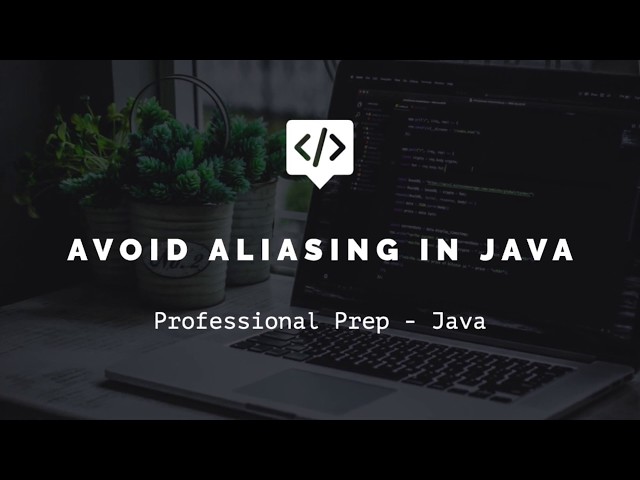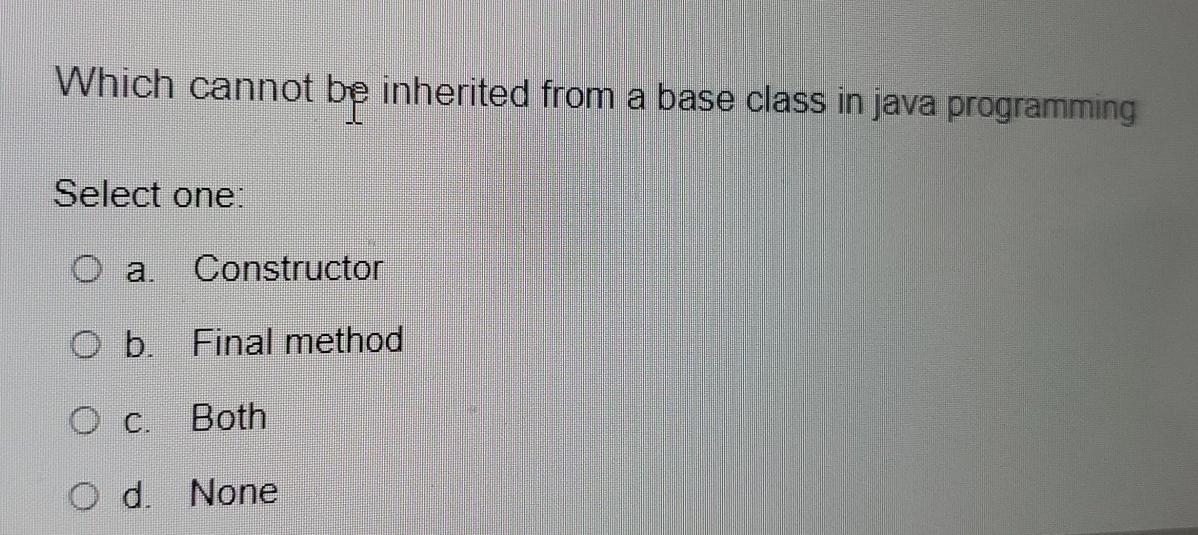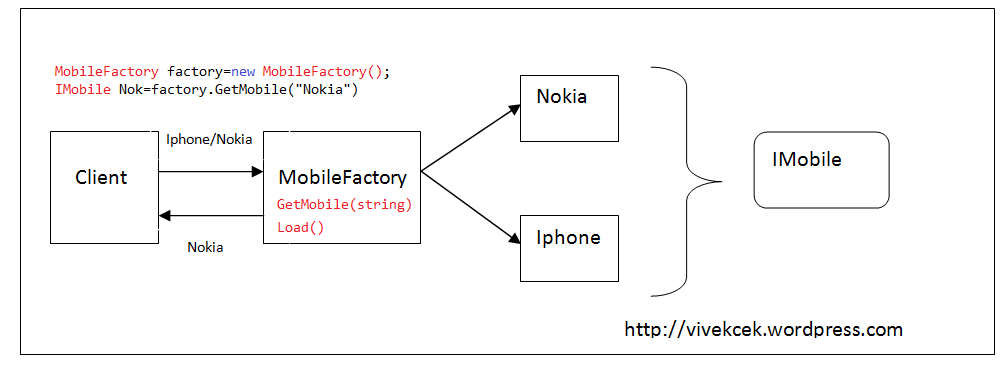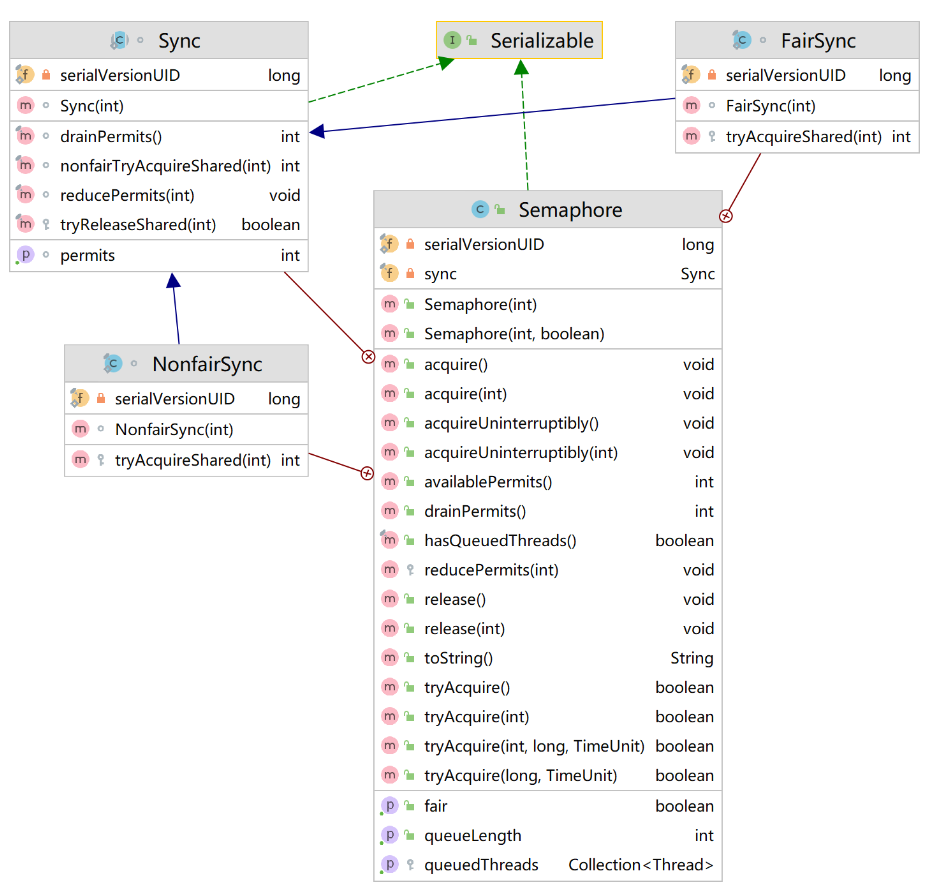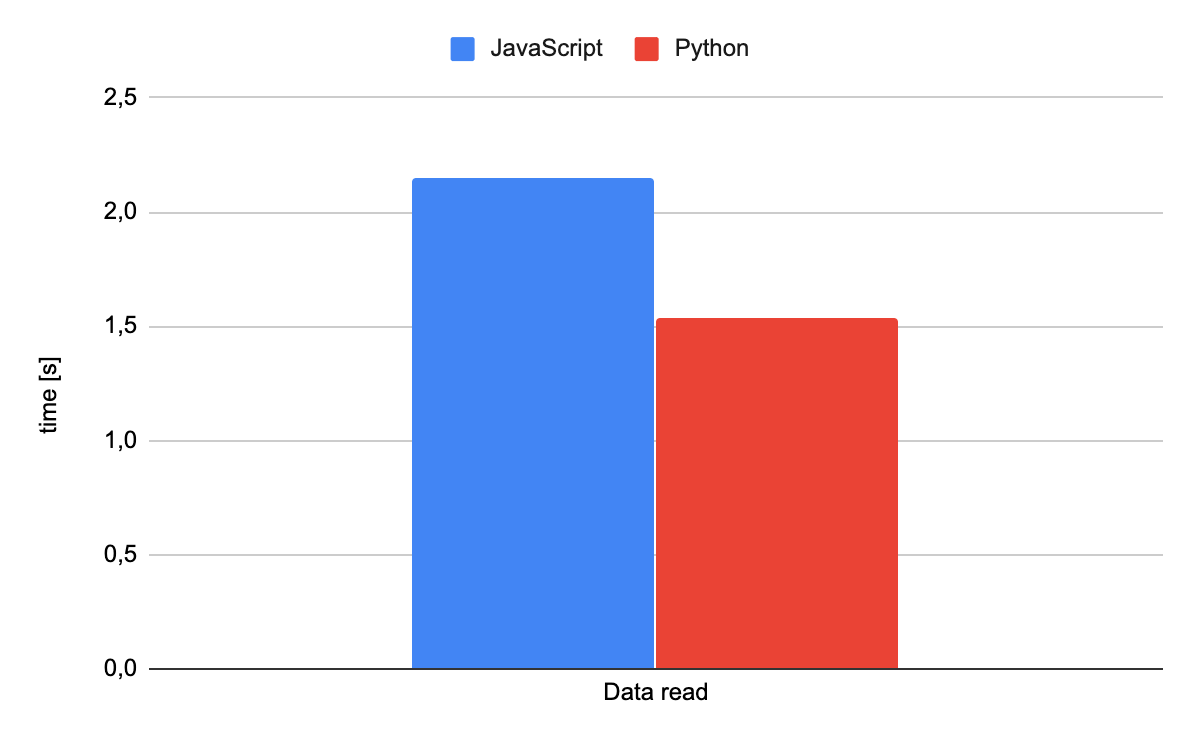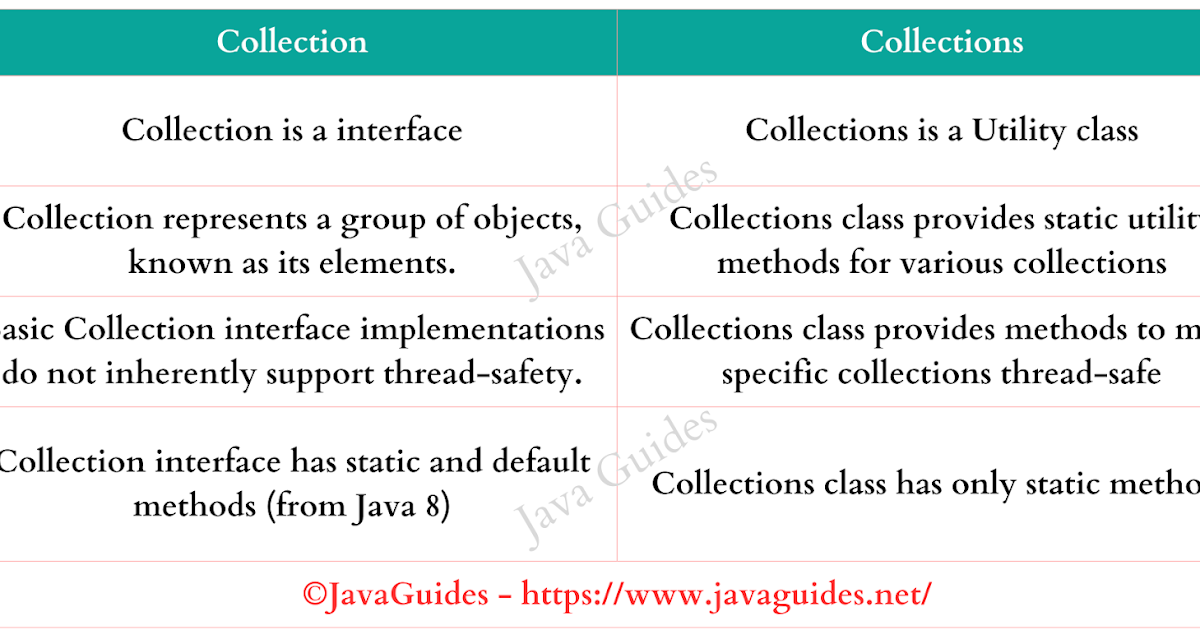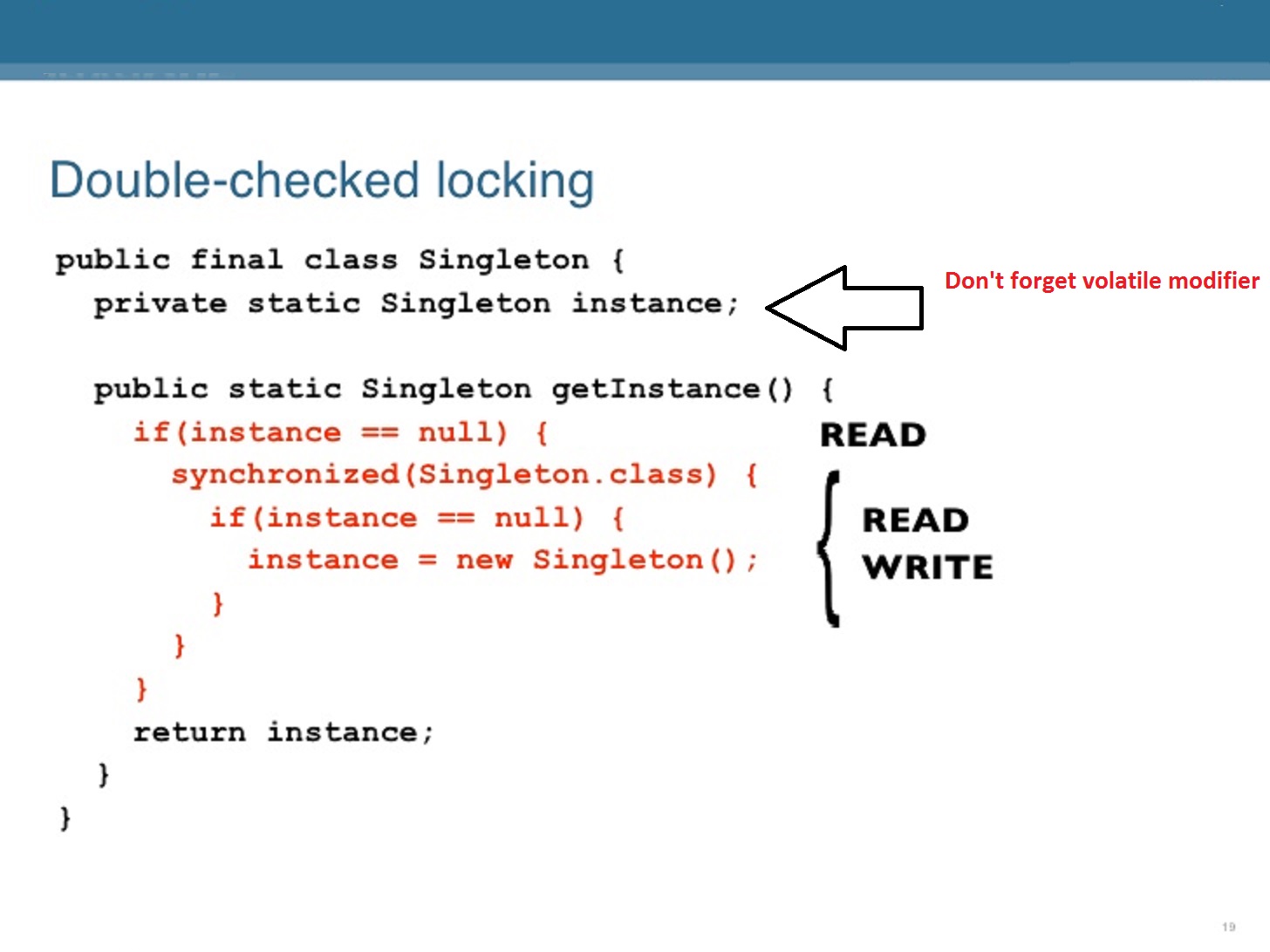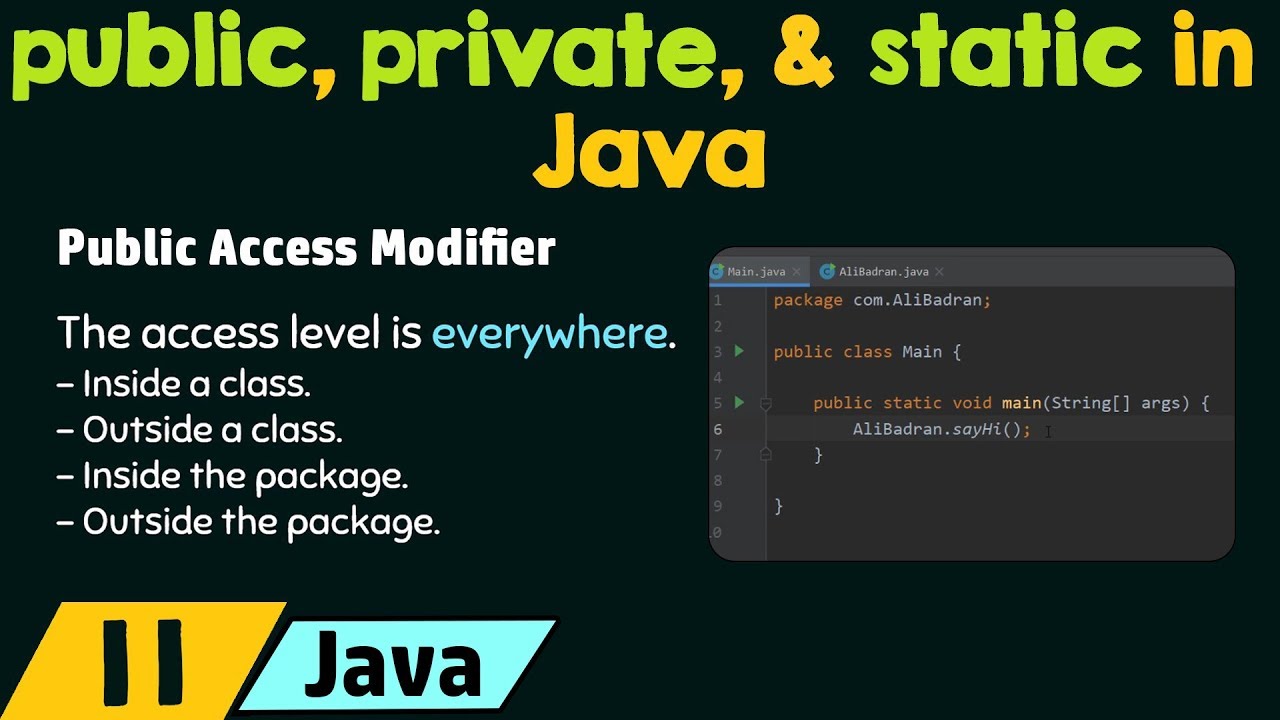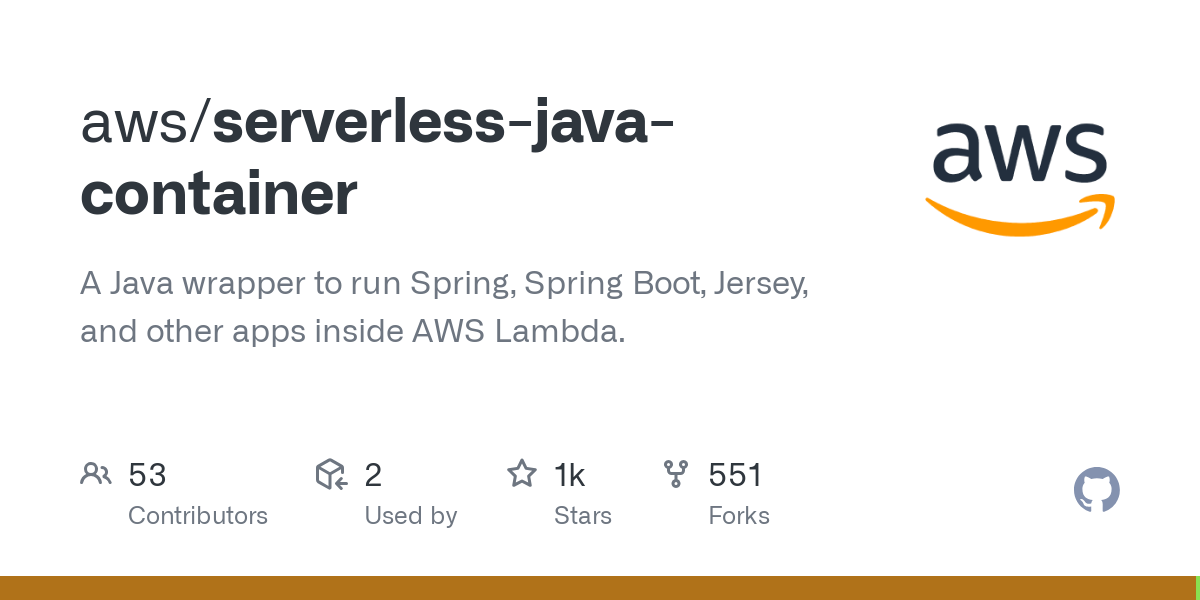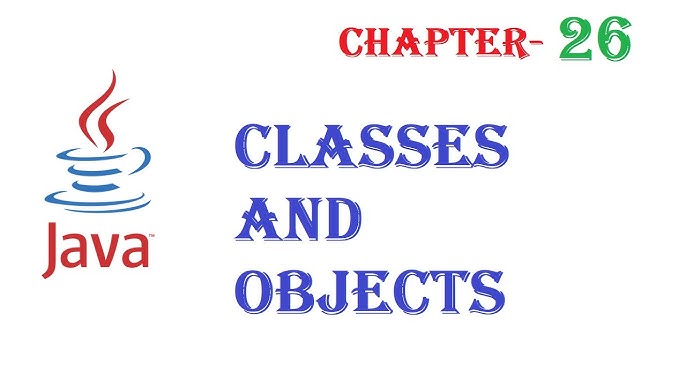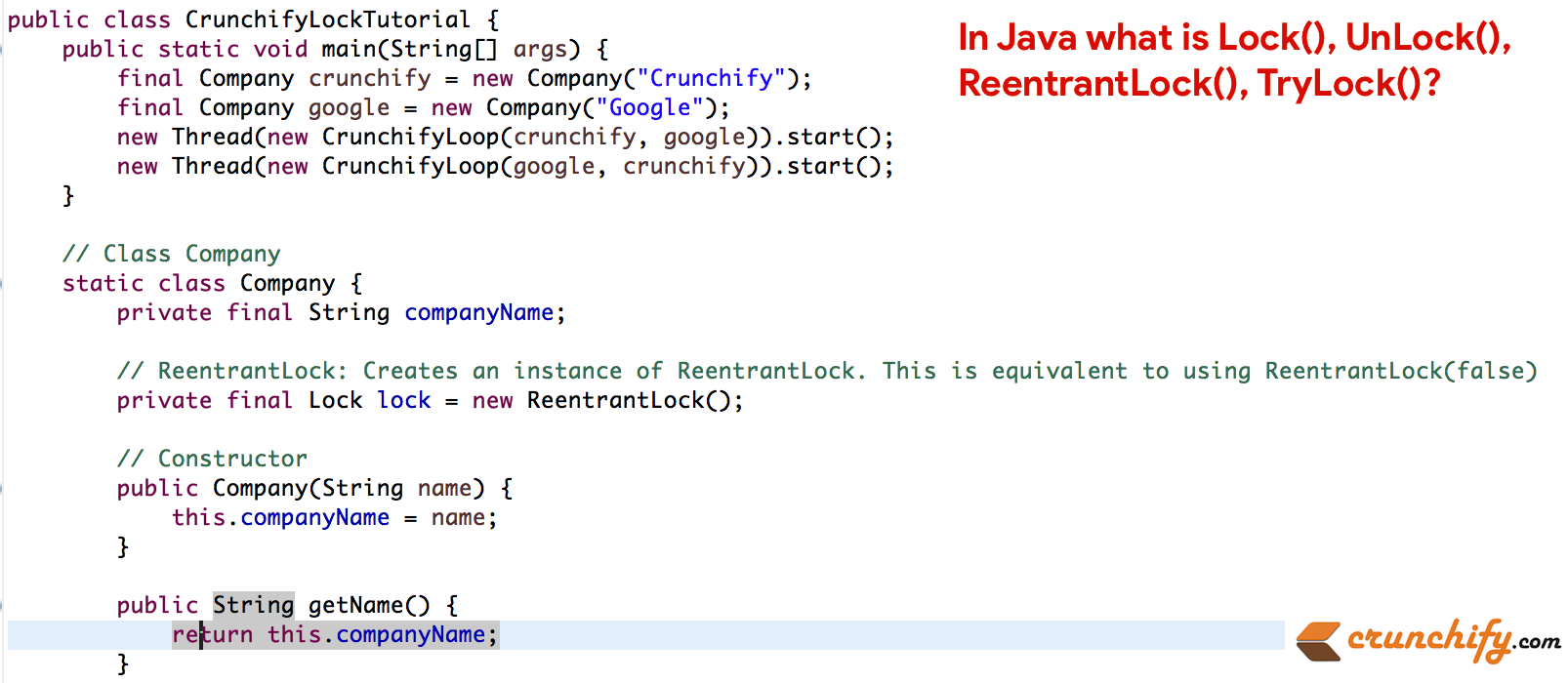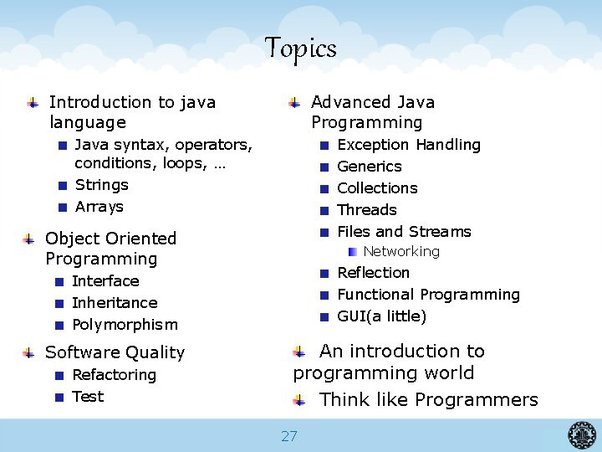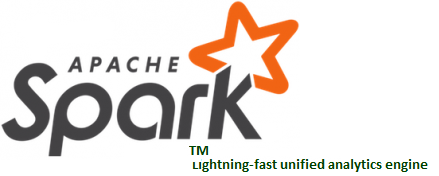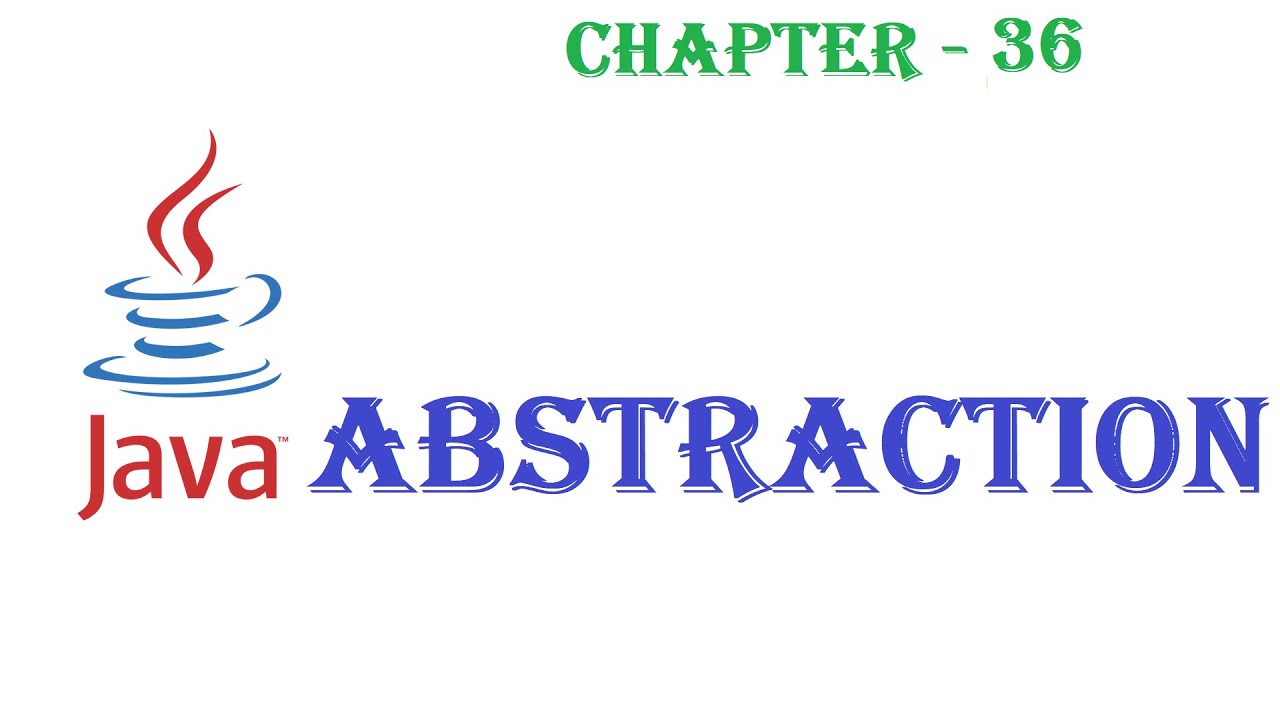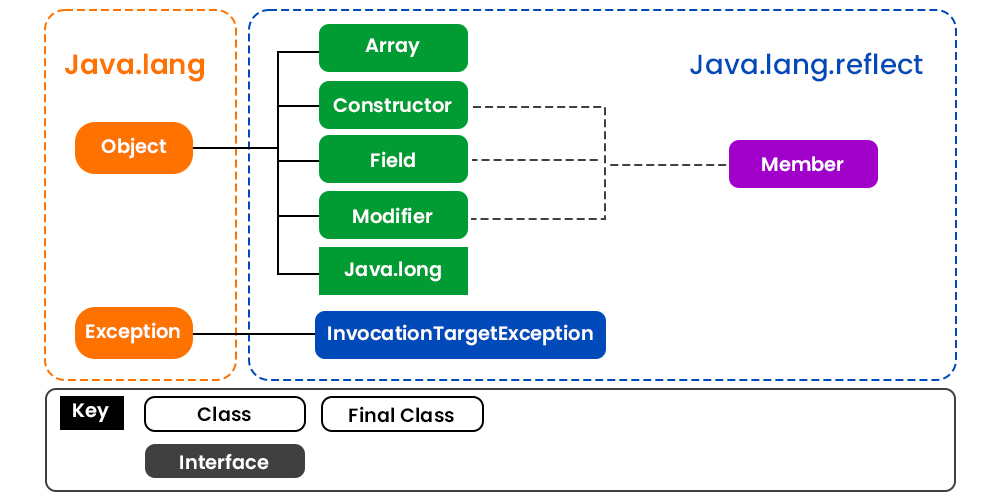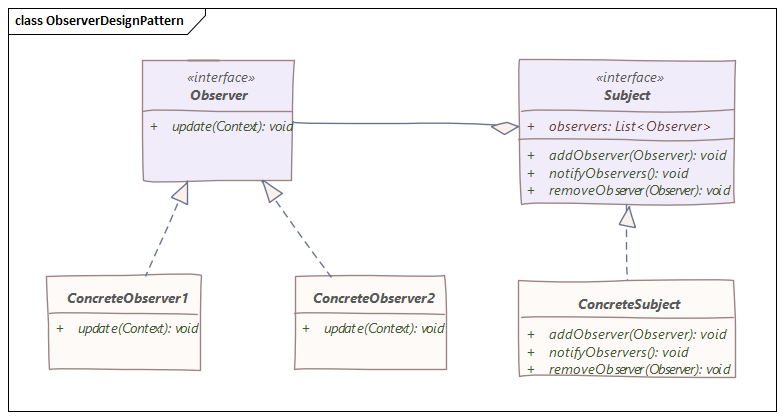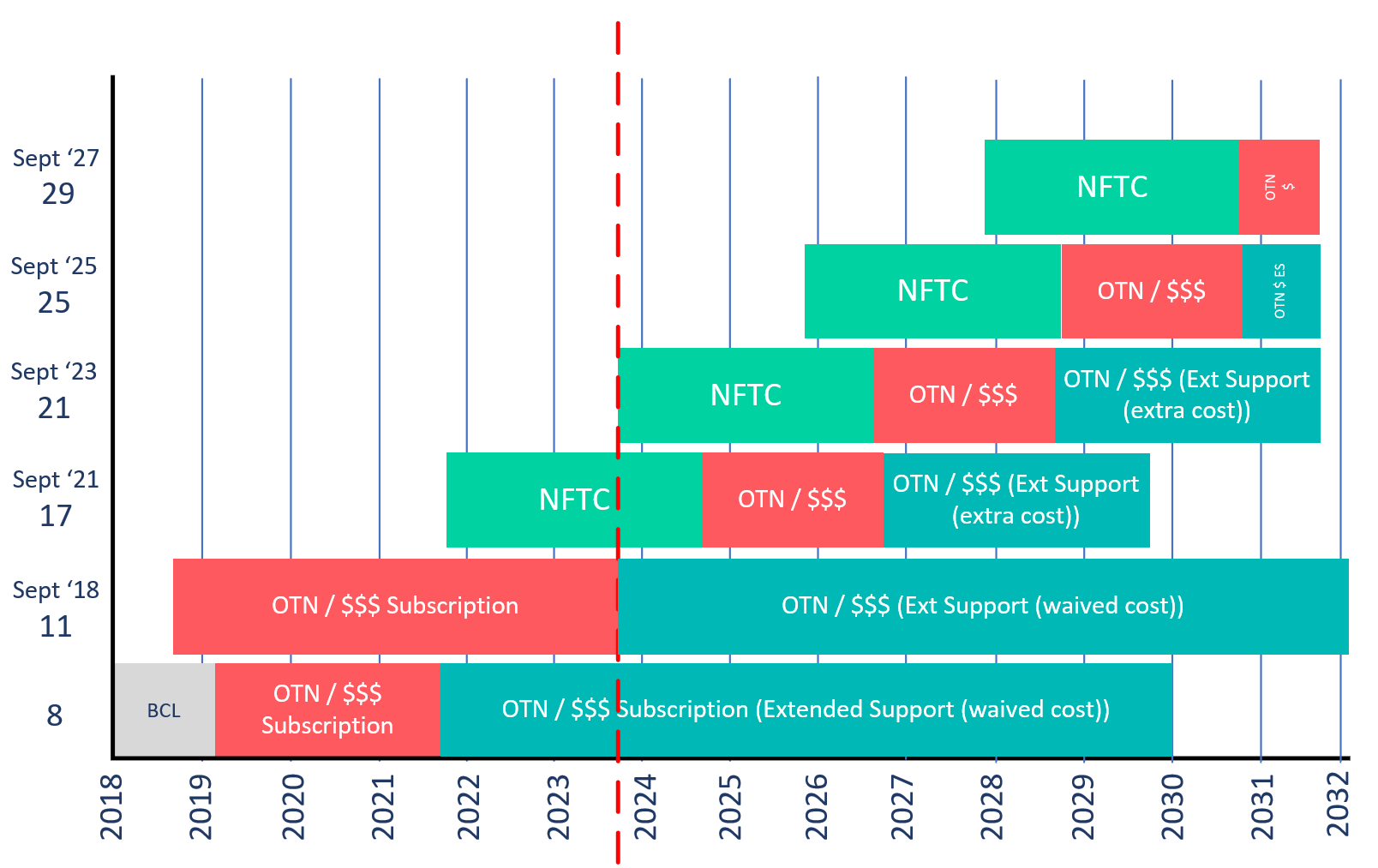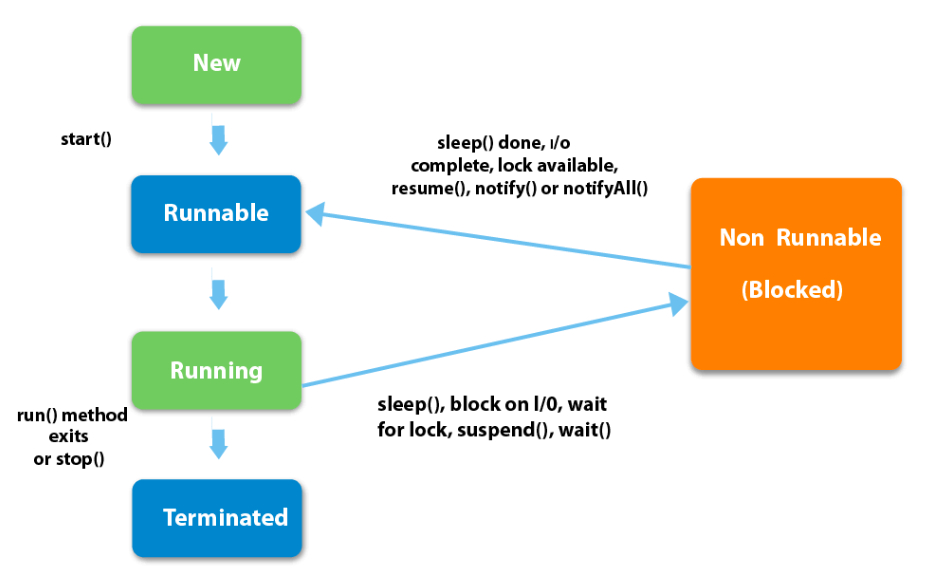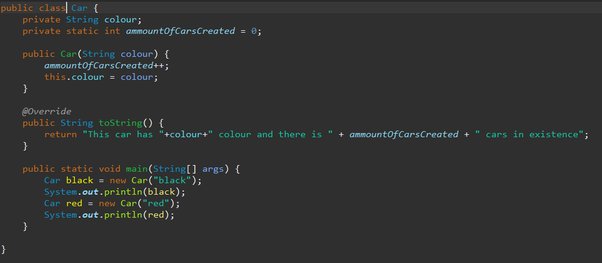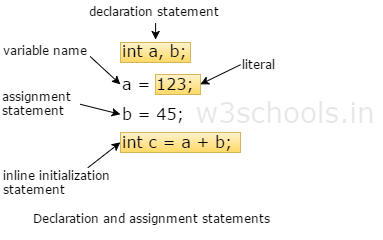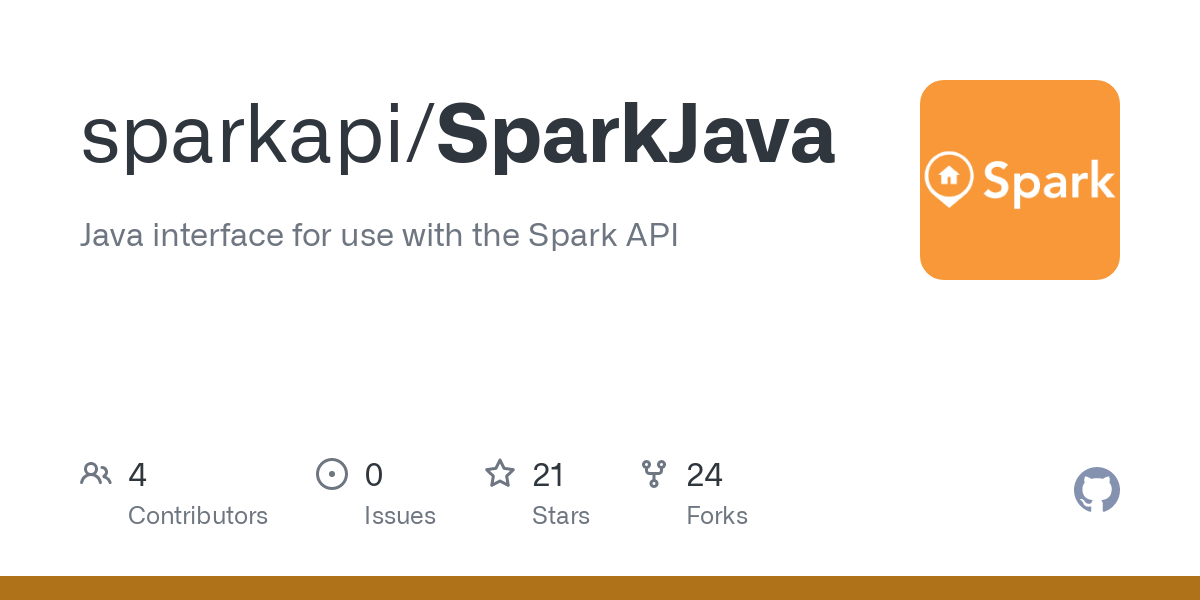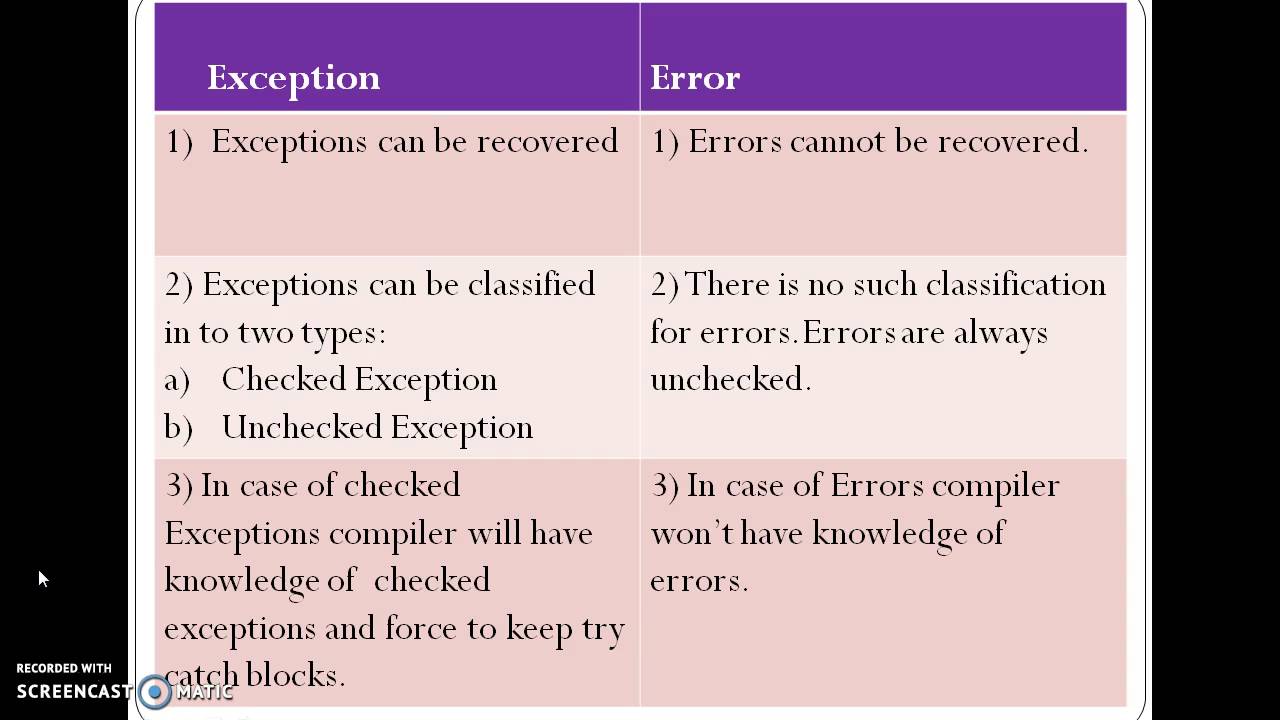java tutorial
java tutorial
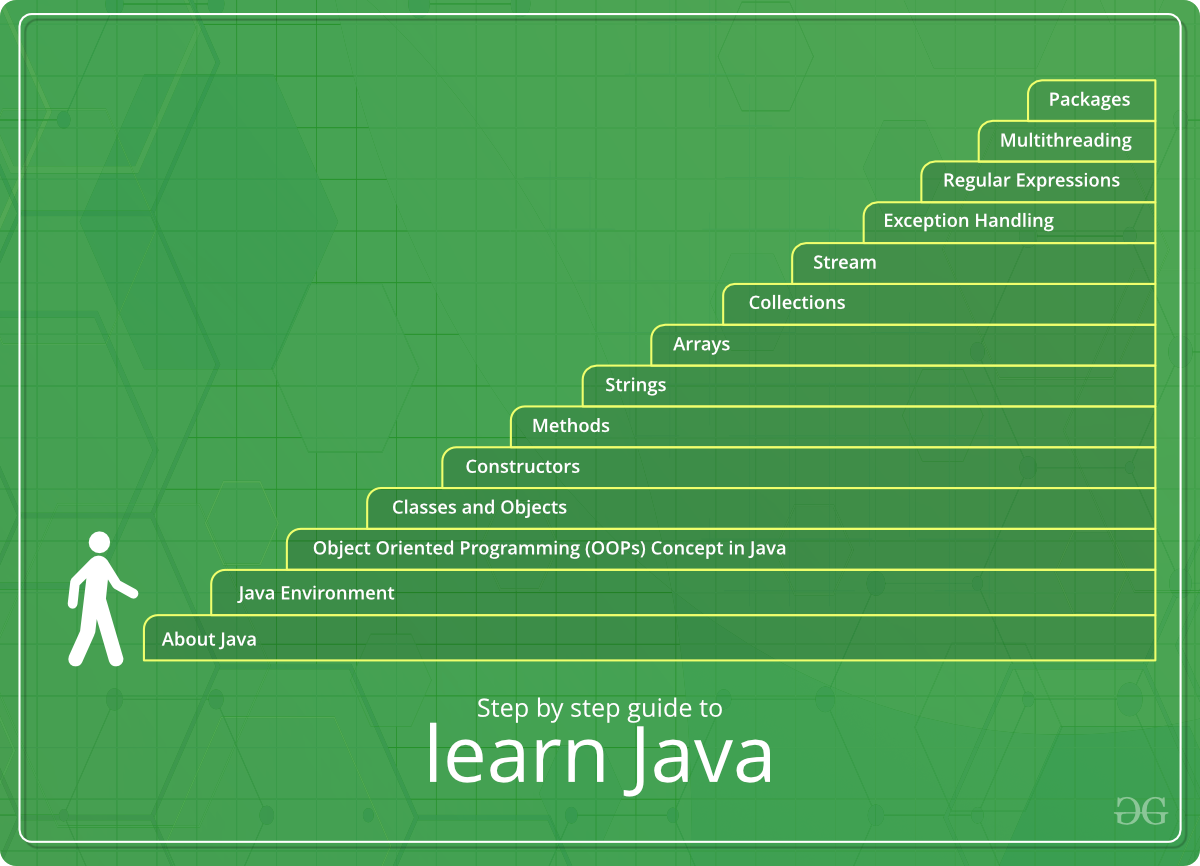
Here is a comprehensive Java tutorial:
Java is an object-oriented programming language that was developed by Sun Microsystems (now owned by Oracle Corporation). It is designed to be platform-independent, meaning that programs written in Java can run on any device that has a Java Virtual Machine (JVM) installed.
Basic Syntax
In Java, statements are terminated with a semicolon (;). Comments start with // and end at the next newline character. Variable declarations use the type variableName; syntax, and assignments use the variableName = value; syntax.
// This is a comment
int x; // declare an integer variable
x = 5; // assign 5 to x
Variables and Data Types
Java has eight primitive data types:
boolean: A boolean value (true or false) byte: An 8-bit signed integer char: A Unicode character short: A 16-bit signed integer int: A 32-bit signed integer long: A 64-bit signed integer float: A 32-bit floating-point number double: A 64-bit floating-point number
Operators
Java has the following operators:
Arithmetic operators: +, -, *, /, % Comparison operators: ==, !=, <, >, <=, >=, != Logical operators: &&, ||, ! Assignment operators: =, +=, -=, *=, /=, %=, <<=, >>=, >>>=, &=, ^=, |=Control Flow
Java has the following control flow statements:
if (condition) { code }: Execute code if condition is true if (condition) { code } else { otherCode }: Execute code if condition is true, otherwise execute other code while (condition) { code }: Repeat executing code while condition is true do { code } while (condition): Execute code until condition is false for (initialization; condition; increment) { code }: Loop through initializing value to incrementing value, as long as condition is true
Functions
Java has two types of functions:
Method: A block of code that can be invoked multiple times with different parameters. Constructor: A special method that is called when an object is instantiated.public class MyClass {public void myMethod(int x) { // method
System.out.println(x);
}
public MyClass(int y) { // constructor
this.y = y;
}
}
Inheritance and Polymorphism
Java supports inheritance through the extends keyword:
public class Animal {public void sound() {
System.out.println("The animal makes a sound.");
}
}
public class Dog extends Animal {
public void sound() { // overriding method
System.out.println("The dog barks.");
}
}
This is just a brief introduction to Java. If you're interested in learning more, I can provide additional information and examples.
Do let me know if there's anything specific you'd like me to cover!
java basics for beginners
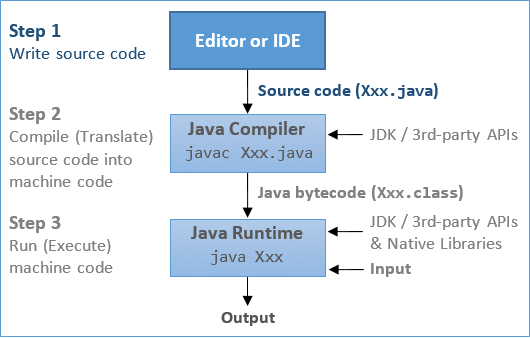
Here are some essential Java basics for beginners:
What is Java?
Java is a programming language developed by Sun Microsystems (now owned by Oracle Corporation). It's an object-oriented language that's used to develop large-scale applications, including Android apps, web applications, and desktop applications.
Basic Syntax
Java code consists of keywords, identifiers, literals, operators, and symbols. Here are some basic syntax elements:
Keywords: reserved words likeclass, public, static, etc. Identifiers: variable names, method names, class names, etc. (must start with a letter or underscore) Literals: numeric values (integers, floats) and string values Operators: arithmetic operators (+, -, *, /), comparison operators (==, !=), logical operators (&&, ||), etc. Symbols: parentheses, brackets, curly braces, semicolons, commas, etc.
Variables
In Java, you declare variables using the data type followed by the variable name. For example:
int myInt = 5;String myString = "Hello";
Data Types
Java has several built-in data types:
Primitive:boolean, byte, char, short, int, long, float, double Reference: String (immutable), Object (any object reference)
Operators
Java supports various operators, including:
Arithmetic: +, -, *, / Comparison: ==, !=, <, >, <=, >= Logical: &&, ||, ! Bitwise: & (and), | (or), ^ (xor), ~ (not)Control Flow
Java has several control structures:
Conditional statements:if, else, switch Loops: while, do-while, for, foreach Jump statements: break, continue, return
Methods
In Java, methods are blocks of code that can be called multiple times from different parts of your program. A method consists of:
Method signature: the method name and parameter list Method body: the code that gets executed when the method is calledClasses and Objects
Java has a concept of classes and objects. A class defines the characteristics (attributes) and behaviors (methods) of an object. An object is an instance of a class.
Class:public or private, defines attributes and methods Object: an instance of a class, with its own set of values for attributes
Error Handling
Java has built-in support for error handling using exceptions. An exception is an object that represents an error or unexpected situation in your program.
Best Practices
Here are some best practices to keep in mind when learning Java:
Code formatting: follow a consistent coding style Variable naming: use descriptive names for variables and methods Commenting: add comments to explain your code Testing: write unit tests to ensure your code works correctlyThese are just the basics, but I hope this gives you a good starting point for learning Java!
